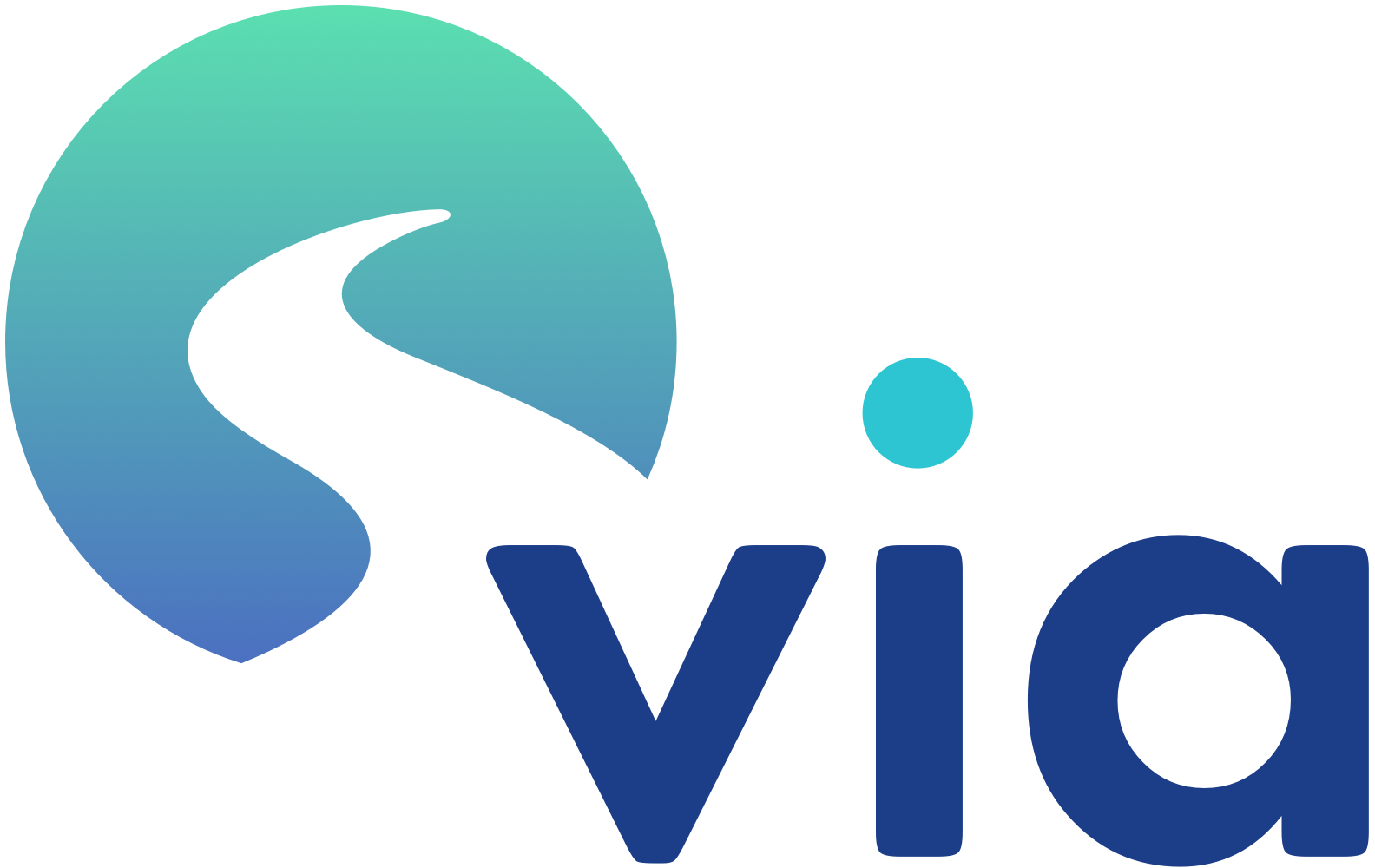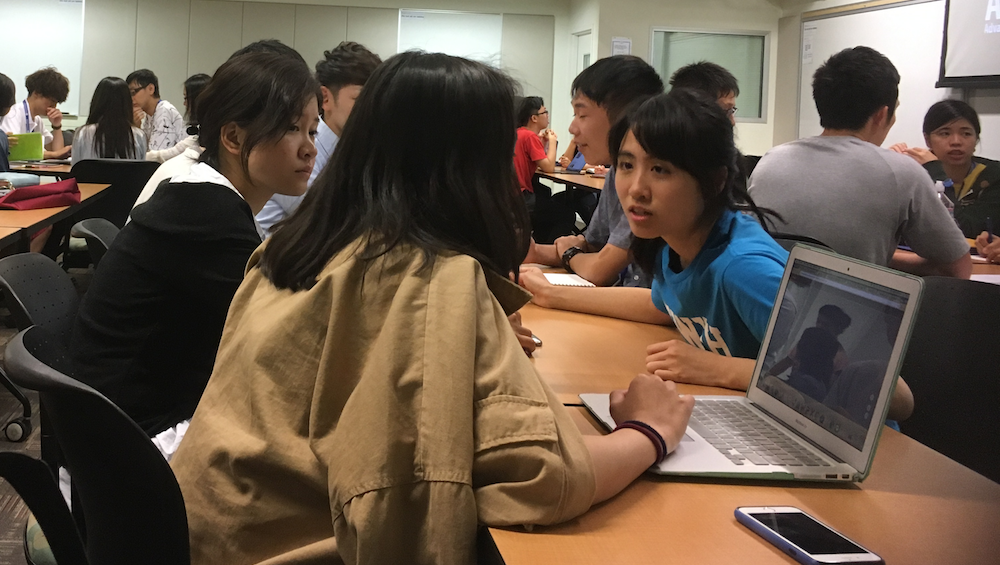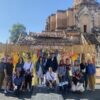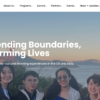 Hello! My name is Tamara Solorzano and I am the Assistant Program Director for the VIA MED program. My impression of this program on the first week summed up on one word is: engaging. There is nothing complacent about my job and helping develop a program of this magnitude tests my ability to be adaptable and capable. I find it good practice for my upcoming job as an Administrative Specialist for FEMA. During the program, I am gratified to find that the students appreciate the effort that Lina and myself had put into creating the events and making sure they were interesting, new and engaging.
Hello! My name is Tamara Solorzano and I am the Assistant Program Director for the VIA MED program. My impression of this program on the first week summed up on one word is: engaging. There is nothing complacent about my job and helping develop a program of this magnitude tests my ability to be adaptable and capable. I find it good practice for my upcoming job as an Administrative Specialist for FEMA. During the program, I am gratified to find that the students appreciate the effort that Lina and myself had put into creating the events and making sure they were interesting, new and engaging.
The initial lectures on Clinical English and the American Medical School system brought to light differences I would never have thought existed. So much of American medical training is wrapped up in cultural cues, specific phrase, and common courtesies that I would have thought international. However, seeing it all spelled out, gave me a better perspective of the specific expectations Americans have about their doctor.
During this first week, I had the luck of hosting two different events for the participants. One was on HIPAA and the other was an informal talk on cancer and the new technologies being made to define and control the condition. For my first event, I had the ambitious goal to make something I found dry and boring into something engaging and hopefully interesting. To my relief it seemed to me that many students were considering my questions seriously and were eager to ask questions themselves. The second event was interesting as cancer is the leading cause of death in Japan, and so many students within our program are interested in improving the technology to detect and treat cancer. The TEDtalk I showed to the students was more on the classification and mindset surrounding cancer, and was able to engage a discussion with the students on the differences on perceptions on cancer by different regions. I greatly enjoyed the discussion and found myself learning much more on the subject from it. Hopefully the students felt the same.
Our first big event was to visit the Strut Clinic in the Castro district of San Francisco. I had not often visited that particular clinic, but their work on reducing STD prevalence and harm reduction among a high-risk group (LGBTQ+) is not only amazing, but what I feel the future of healthcare should look like for everyone in the future. The environment of the clinic was one to help promote a strong community bond among their patients and general community, this sort of system could help increase the likelihood of a patient coming to a doctor/healthcare provider when symptoms first start, instead of waiting until worsening symptoms occur increasing better health outcomes in the community. It was very interesting to see the international perspective of LGBTQ+ healthcare from the students and their thoughts on whether such a clinic would be possible in their respective regions in the future. I prompted questions to ask how they felt about the clinics view of harm reduction, and their services including providing sterilized needles and not focusing on the single goal of getting everyone off their substances. I asked student’s their perspectives on this service and whether they felt it would more effective in reducing substance abuse and the mortality rates due to substance abuse, to which they responded that they believed this perspective was interesting and new to them and believed it would help with the clinic’s goal in reducing the harm associated with substance abuse.
The other big event was the Think Design workshop by Dr. Chacko. I believe this event was very beneficial for them. It was a lesson in free thought and brainstorming, where they would have to write down solutions to a problem that had no clear answer. Many students remarked to me that the practice of brainstorming was not very practiced back home and that they found the exercise fun and interesting. Some of the solutions students would write down were sometimes surprising to me, but the underlying reasoning was logical and had purpose. Dr. Chacko’s philosophies on creativity and design also inspired me to be a better “imaginator” and to dream bigger.




